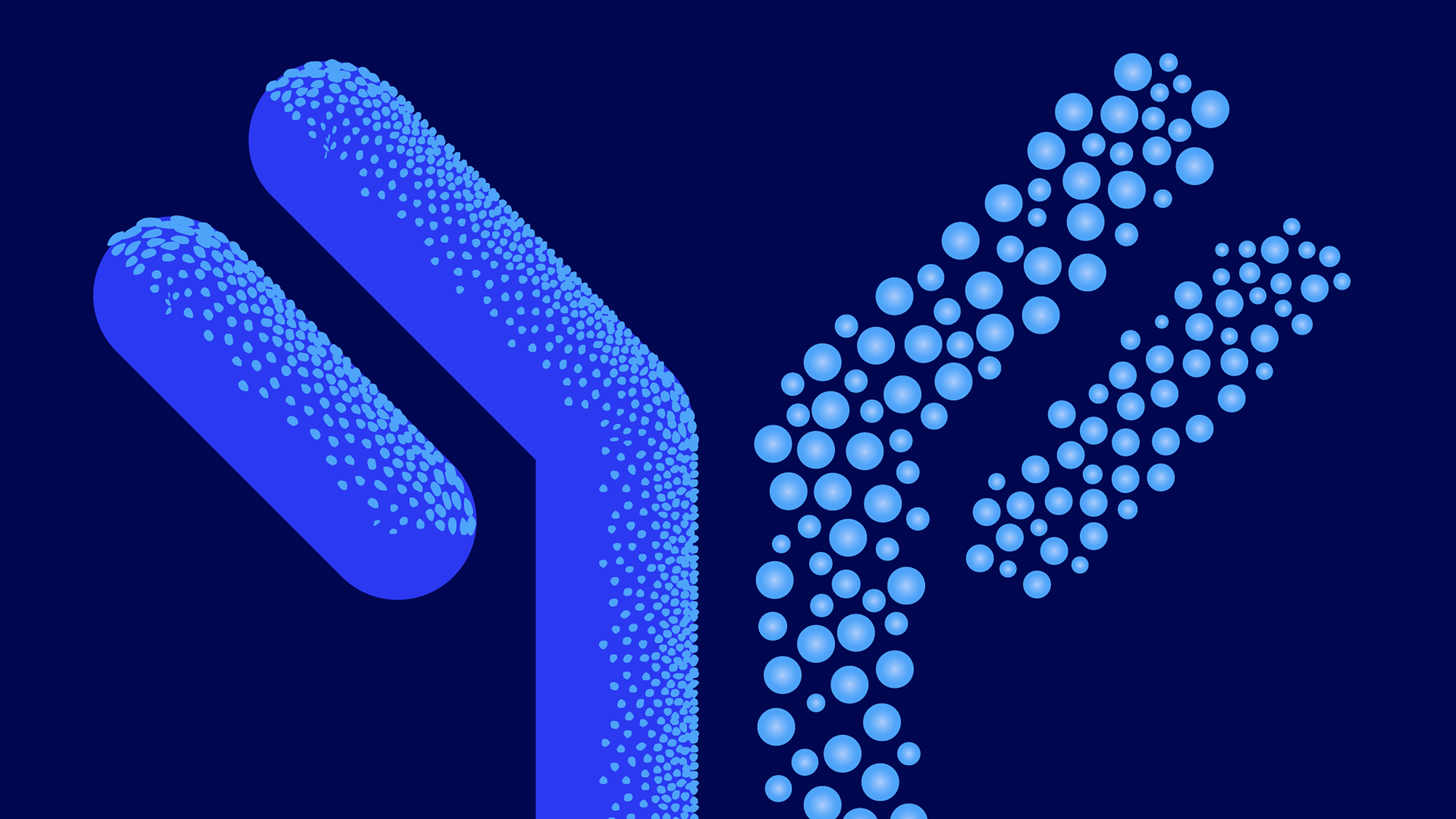Benchling for development in the era of automation and efficiency

Advancing drug candidates from discovery through development is rarely straightforward. Each stage of the lifecycle introduces new teams, systems, and context that needs to be carried forward. Yet when we looked across the tech landscape, there wasn’t a modern solution that truly connected research and development.
Research thrives on hypothesis-driven experimentation, while development introduces optimization and characterization. Bridging these very different modes of work requires a platform flexible enough to support both, while still giving each team the specialized tools they need. That’s the approach we’ve taken at Benchling. Last year, we launched Benchling Bioprocess — a solution designed to handle the rigor of process development (PD) across the lifecycle. From recipe design and study planning to batch execution and analysis, Bioprocess makes it possible for PD teams to partner seamlessly with research and cell line development teams, initiate new projects, and streamline tech transfer of completed projects.
Since then, we’ve focused on three core priorities: operational flexibility, data governance, and analysis. Today, we’re excited to share the latest innovations in Bioprocess and how they make Benchling even more powerful for development teams.
Record all your conditions in one place with Parallel Execution
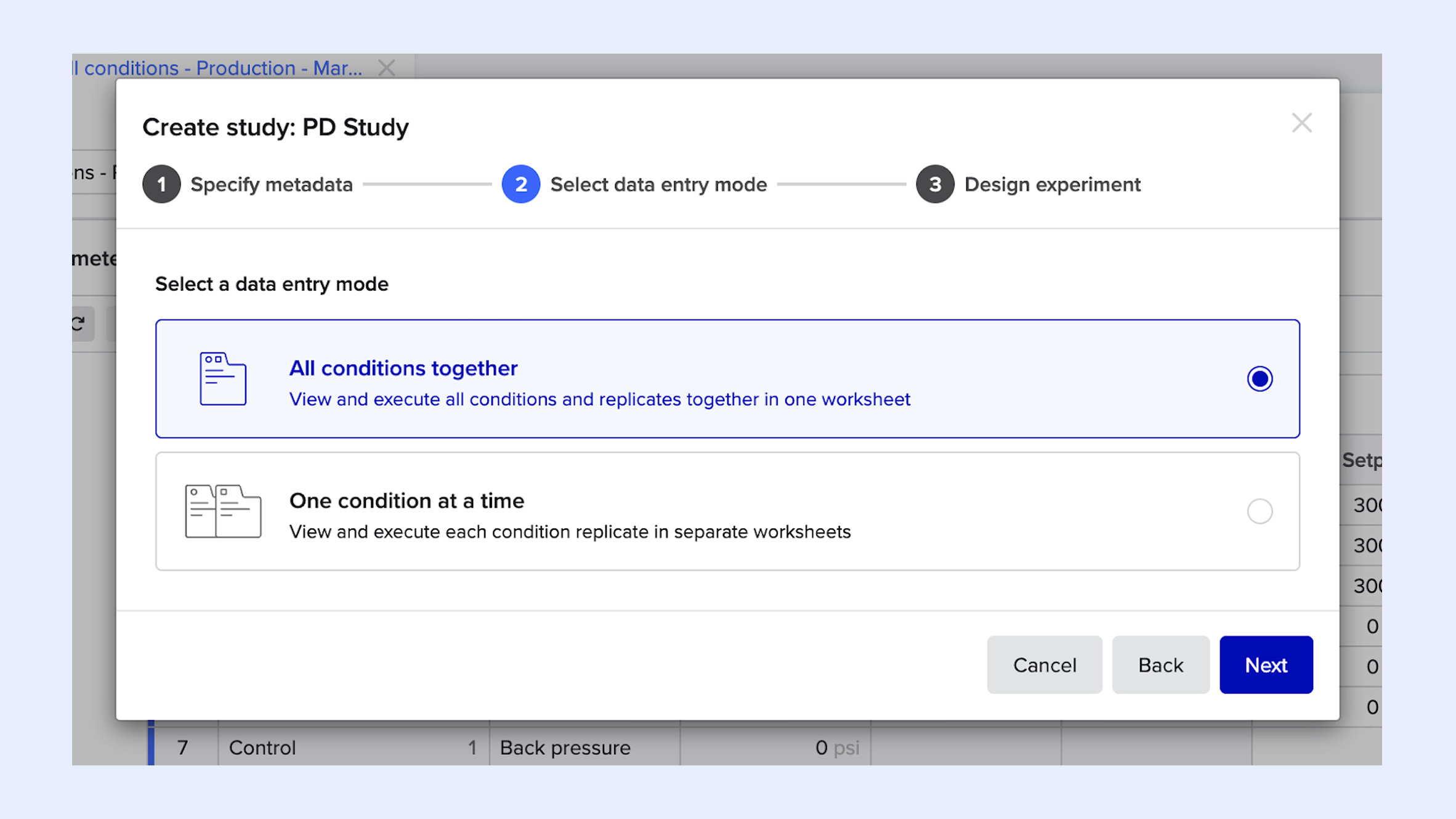
Benchling now supports Parallel Execution, making it easier than ever to record data for all your experimental conditions within a single worksheet.
Previously, each condition required its own worksheet, forcing scientists to jump between multiple tabs and duplicate effort. With Parallel Execution, you can now record all condition replicates for a unit operation in one centralized view. This streamlines data entry, reduces context switching, and keeps your work organized and consistent. Best of all, it works out of the box — no need to update existing Recipes.
Now in general availability
Plan, manage and analyze multiple runs, within a single study
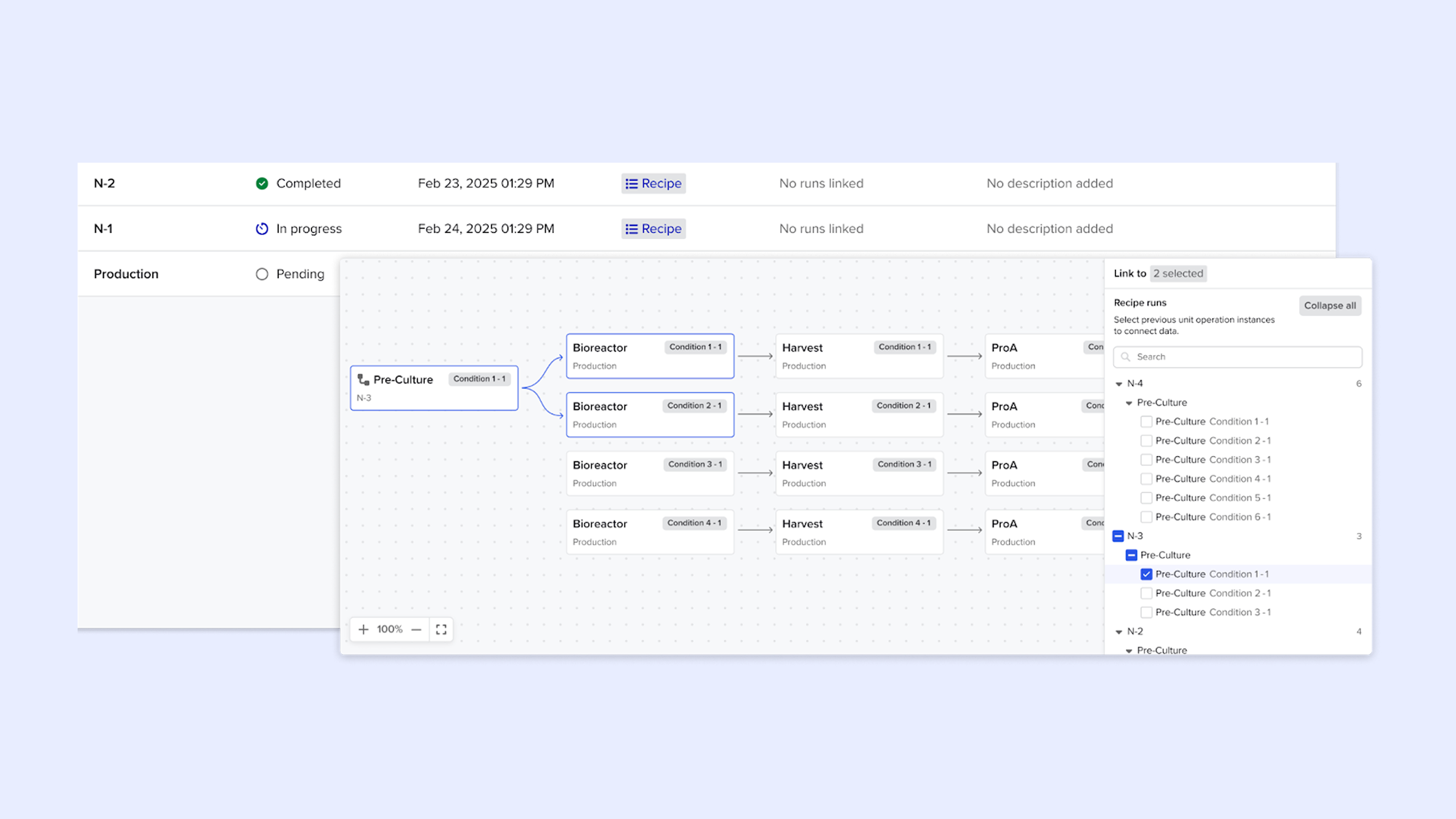
Benchling’s improved process development studies give scientists greater flexibility to plan, manage, and analyze their work in one place.
With this release, you can now include multiple runs of recipes within a single study, enabling richer experimental design and easier comparison across conditions. By letting users explicitly link conditions across recipe runs, or split and pool runs ad hoc as your process evolves, this update introduces new levels of operational flexibility. It’s a powerful way to capture the full scope of your development work in one cohesive study.
Now in general availability
Build stronger data governance with recipe versioning and standardized naming
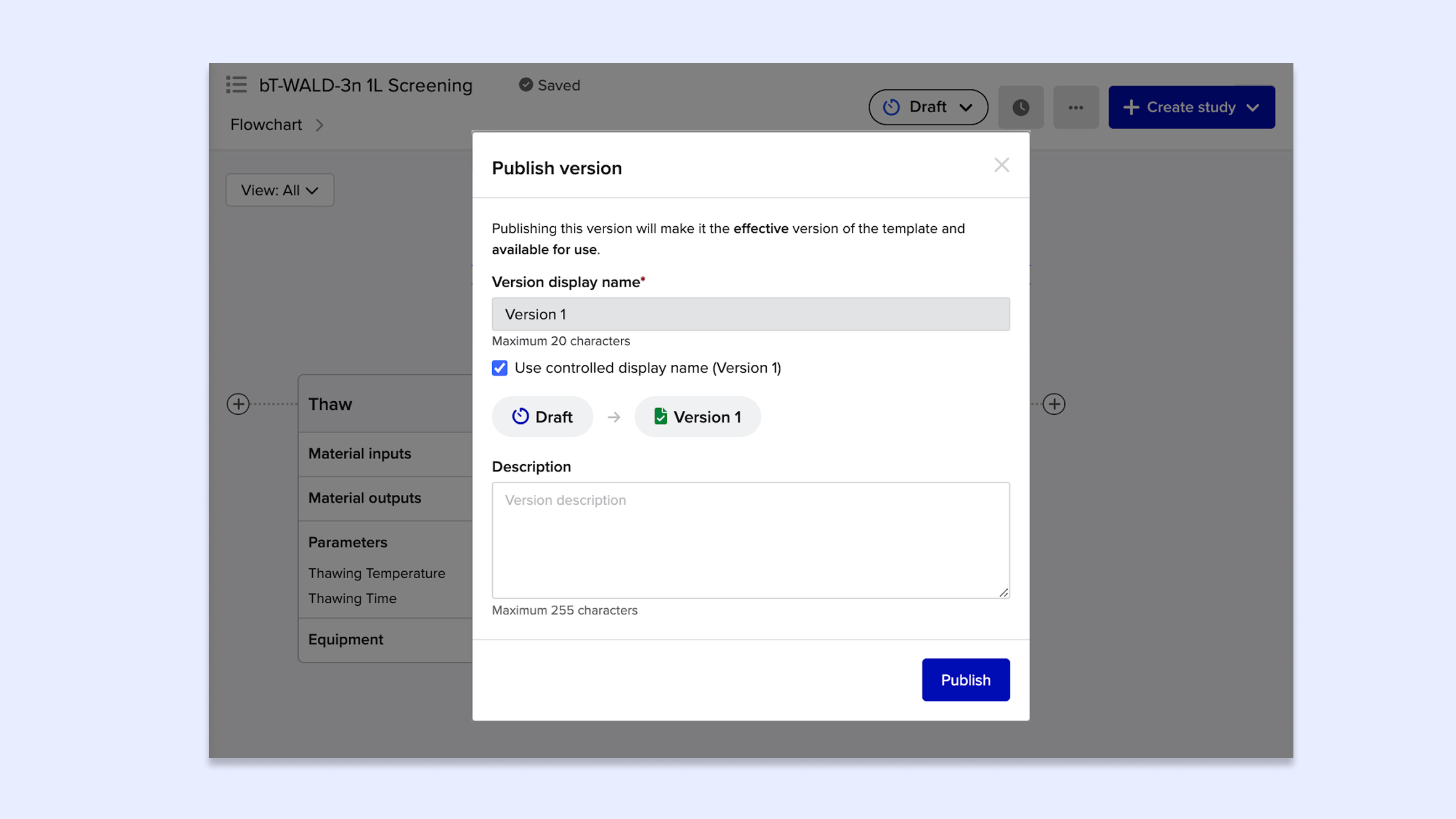
With Recipe Versioning and Publishing, all new recipes now begin in draft mode, and any edits to existing recipes are automatically saved as drafts until explicitly published. This gives scientists greater control over changes, ensuring that only approved versions are accessible to others. Teams can also easily access and restore previous versions, and manage publishing permissions for added security and governance. It’s a simple yet powerful improvement that reduces the risk of errors, and adds structure to the recipe development process.
Complementing this is automated standardized naming for studies, recipes, and assays. By implementing consistent naming conventions across teams, this update removes manual steps and eliminates the risk of errors or inconsistencies, making it easier for scientists to find, reference, and manage their work as projects scale.
Together, these updates create a more structured, and traceable environment for process development, empowering teams to move faster without sacrificing quality or control.
Now in limited availability. Contact support to turn on.
Adapt runs in real-time with flexible tools
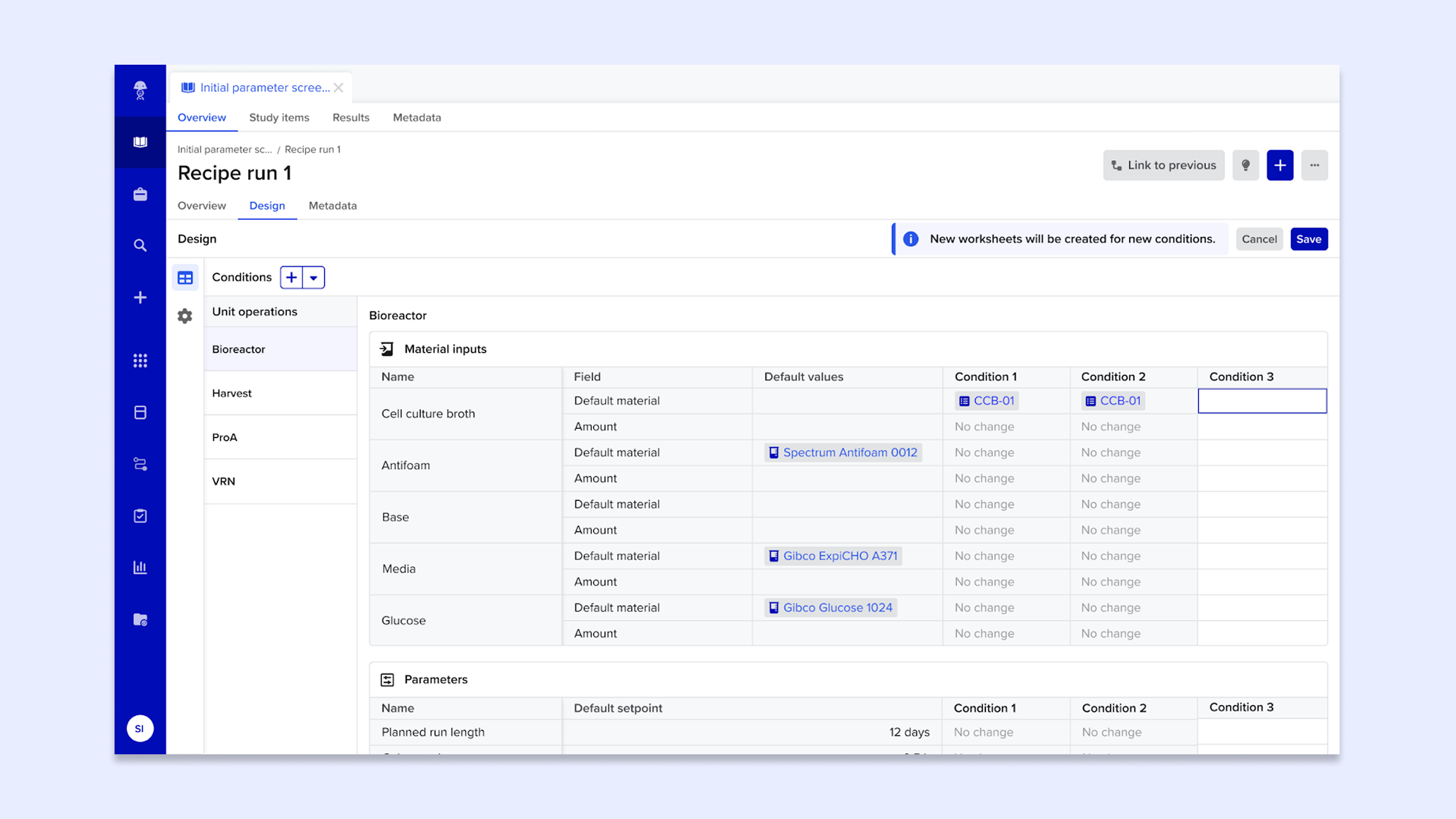
Process development doesn’t always go according to plan and now, your studies don’t have to either. Scientists now can add new conditions to existing recipe runs right at execution time, directly within a new worksheet. No need to restart an experiment or rebuild a study from scratch — just add, record, and keep moving.
This release also introduces cross-step data referencing, allowing users to reference data across steps within a worksheet for more flexible and accurate analysis. And with enhanced study visualization, scientists can now view their entire study design, including linked unit operations, in one cohesive view.
Now in general availability
The next chapter of process development
In the months ahead, we’re making Process Development even more powerful by expanding how teams standardize and automate their work. This includes a new parameter library to align recipe definitions and developing tighter links between Experiment Optimization and study planning in order to streamline execution. Building on our collaboration with Merck, we’re also extending these capabilities to analytical development. Soon, teams will be able to design, run, and validate analytical methods, connect directly with LIMS, and manage GMP samples — all within Benchling.
To learn more or start trying these new capabilities, reach out to your Benchling account team or Customer Success Manager to explore what’s live today and how to bring the next generation of automation and intelligence to your process development workflows.
